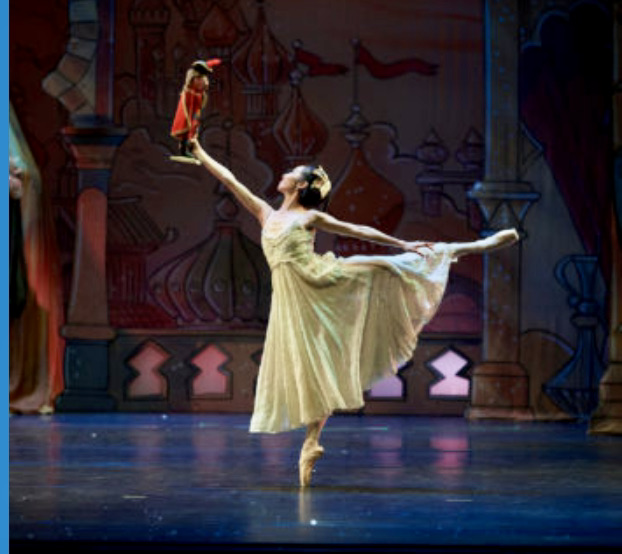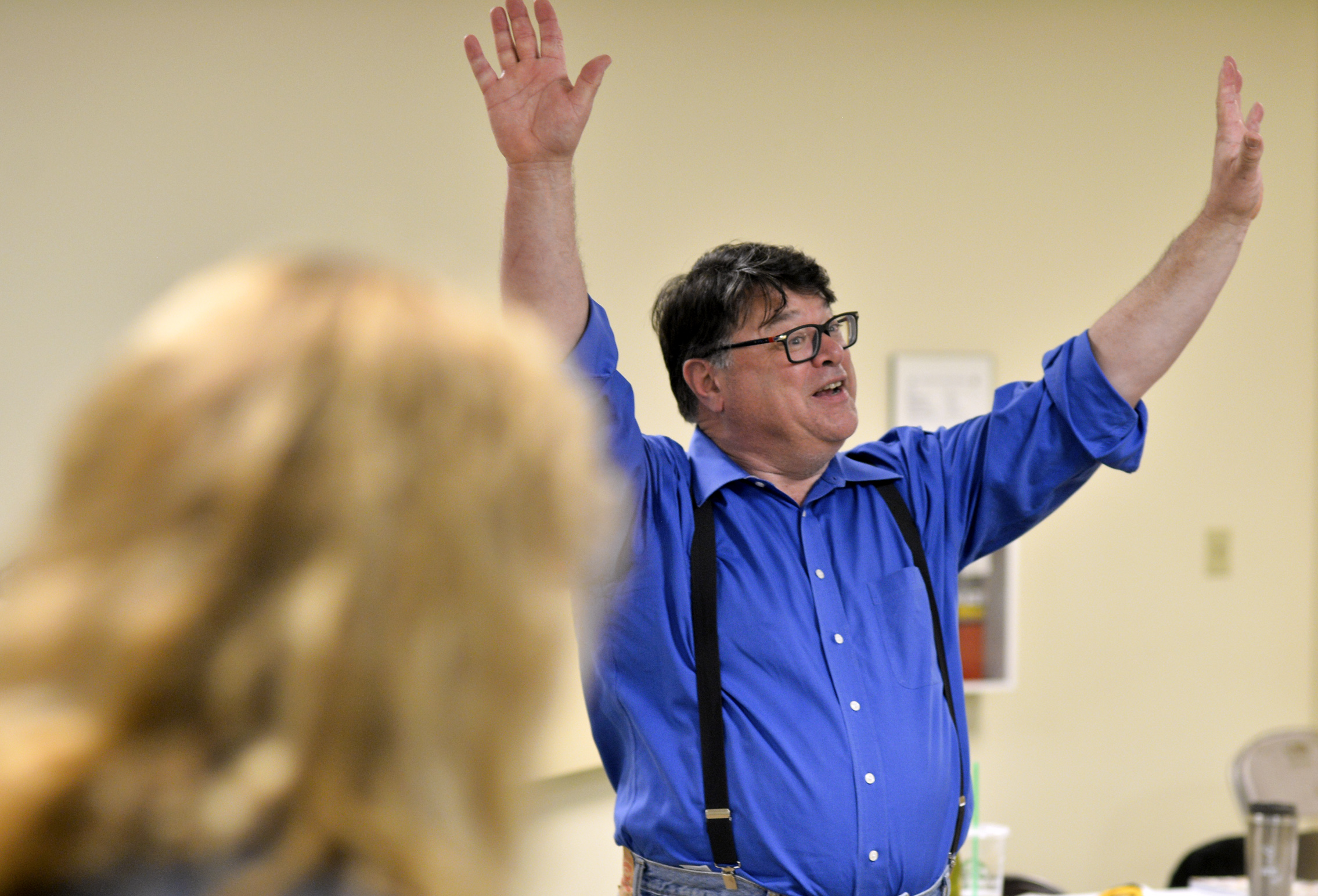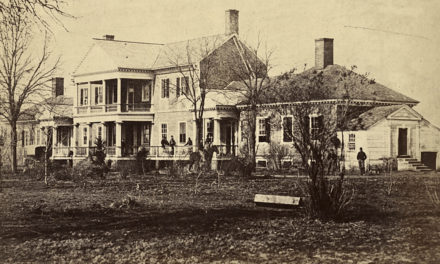By Randi Bjornstad
There are many favorite Christmas-related stories and shows — the 1983 movie A Christmas Story, the 1964 animated-for-TV Rudoph the Red-Nosed Reindeer, the 2000 How the Grinch Stole Chrismas based on the Dr. Suess story, Giancarlo Menotti’s one-act opera, Amahl and the Night Visitors, from 1951, and one of the oldest of all, Charles Dickens’ A Christmas Carol, published in 1843.
But there may be nothing more venerable than The Nutcracker, the two-act ballet composed by Pyotr Tchaikovsky in 1892, bringing to life a story written in 1816 by E.T.A. Hoffmann, called The Nutcracker and the Mouse King.
Apparently the original production wasn’t much of a success, but the idea persisted and came into its own in a big way in the 1960s. Now, by some reports, it generates nearly half of the ticket revenue of many major ballet companies each year.
The story is familiar. It starts in the home of a wealthy family — including children Clara and Fritz — that throws a large party to celebrate the season, centering on the decoration of the Christmas tree and the bestowing of gifts on the children. Clara’s toymaker godfather attends and gives the children presents of his creation, including several like-like dolls, plus a wooden nutcracker for Clara.
After the party ends, Clara returns to the parlor to find her nutcracker, and as the clock strikes midnight the Christmas tree suddenly begins to grow, the room fills with mice, and the nutcracker grows to life size before her eyes. There’s also an army of gingerbread soldiers, and the mice, led by their mouse king, begin to battle with the soldiers, who are under the command of the nutcracker. The mouse king and the nutcracker fight each other until Clara helps the nutcracker vanquish the mouse king. The mice retreat, and the nutcracker suddenly turns into a handsome prince who leads Clara away through a pine forest to his kingdom.
They travel to the Land of Sweets, where in gratitude for Clara’s assistance in saving the prince, the Sugar Plum Fairy organizes a parade of sweets from around the world who dance in turn to honor the girl. At the end of the gala, the fairy shows Clara and the prince to a handsome sleigh pulled by reindeer, and they fly from the Land of Sweets.
The original choreography for the 1892 performance was the work of Marius Petipa and Lev Ivanov, and it included nearly two dozen dances. The orchestration included more than two dozen distinct types of instruments, including a celesta, a combination keyboard and bell-like percussion instrument invented by Auguste Mustel just six years before Tchaikovsky wrote The Nutcracker.
Tchaikovsky was one of the first composers to include the celesta in a score. Notably, the new instrument was used to accompany the Dance of the Sugar Plum Fairy, perhaps the most-recognized number in the ballet.
The Eugene Ballet Company presents The Nutcracker
When: 7:30 p.m. Friday, Dec. 17; 2 p.m. and 7:30 p.m. Saturday, Dec. 18; 2 p.m. Sunday, Dec. 19; 7:30 p.m. Tuesday, Dec. 21; 7:30 p.m. Wednesday, Dec. 22; 7:30 p.m. Thursday, Dec. 23
Where: Silva Concert Hall, Hult Center for the Performing Arts, One Eugene Center (7th and Willamette streets), Eugene
Tickets: $15 to $60, available at the Hult Center box office, by telephone at 541-682-5000, or online at hultcenter.org
Hult Center ticket policies:
- A ticket is required for everyone entering the theater, including infants. Some events may not allow young children.
- Until further notice, masks or face coverings are required at all times while inside the Hult Center.
- Ticket orders are subject to fees. No refunds or exchanges.
- Patrons arriving late will be seated at an appropriate break in the performance. If seating has ended, you may not be admitted into the event.
Policies are subject to change. For more information on health and safety click here.












